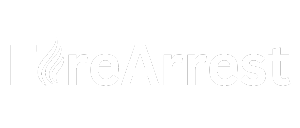The Fire Industry Association (FIA) is a cornerstone in the fire protection industry, offering vital services and advocacy that enhance fire safety standards globally. Understanding their role can provide insights into their significant contributions to fire safety and industry standards.

Who Are The Fire Industry Association (FIA)?
The Fire Industry Association (FIA) is the UK’s leading trade association for the fire protection industry. They are committed to improving fire safety by supporting and representing professionals and organisations within the industry.
What Are The Origins Of The FIA?
The FIA was established in April 2007 from the merger of two key organisations: the Fire Extinguishing Trades Association (FETA) and the British Fire Protection Systems Association (BFPSA). Both FETA and BFPSA brought decades of experience and advocacy for fire safety, making the FIA a powerful unified entity in the fire protection industry. The combination of these two associations leveraged a wealth of knowledge and expertise, laying a strong foundation for the FIA.






